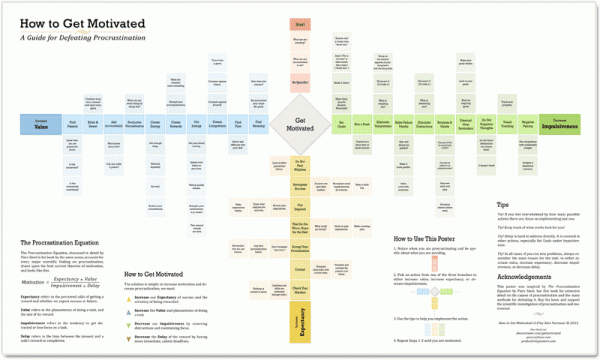
Thinking, Fast and Slow: Daniel Kahneman: 9780374533557: Amazon.com: Books
Woodrow Wilson School - Daniel Kahneman
Daniel Kahneman: Thinking Fast and Slow - The Long Now
Daniel Kahneman: "Thinking, Fast and Slow" | Talks at Google - YouTube
TED talk: The riddle of experience vs. memory | Daniel Kahneman - YouTube
THINKING, FAST AND SLOW BY DANIEL KAHNEMAN | ANIMATED BOOK REVIEW - YouTube
Thinking, Fast and Slow — By Daniel Kahneman — Book Review - The New York Times
Thinking, Fast and Slow - Wikipedia
Review of Thinking, Fast and Slow by Daniel Kahneman – Association for Psychological Science
Book Review: Thinking, Fast and Slow by Daniel Kahneman - Bloomberg
Quote by Daniel Kahneman:
“Nothing in life is as important as you think it is, while you are thinking about it”
mentioned in:
Week 2: Getting Deeper into Happy Learning - 2-7 Bad Grades and Barb's Hands – The Value of Mental Tricks - McMaster University | Coursera



